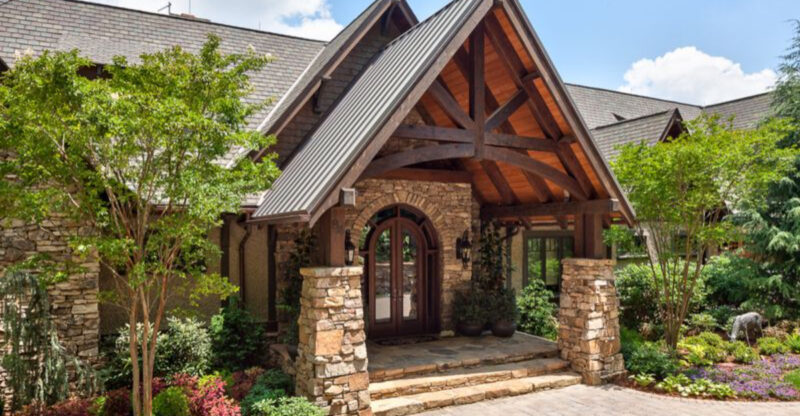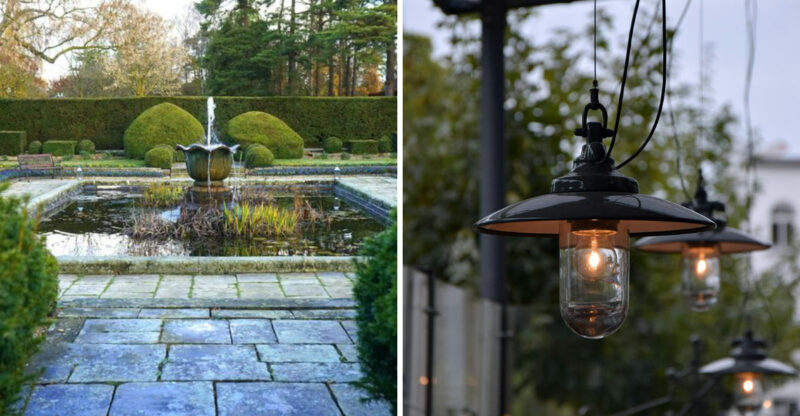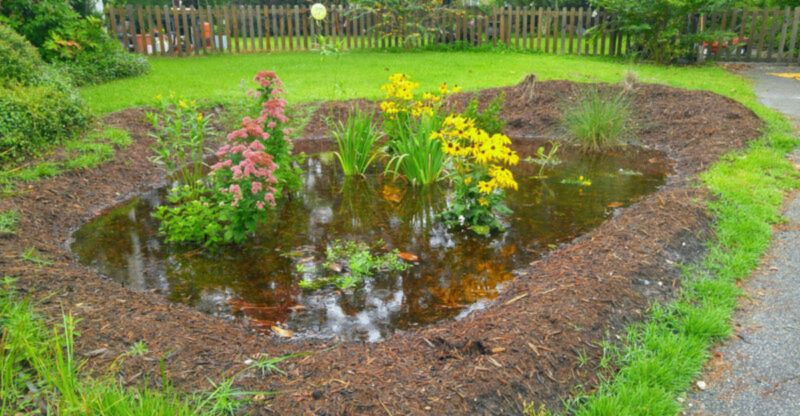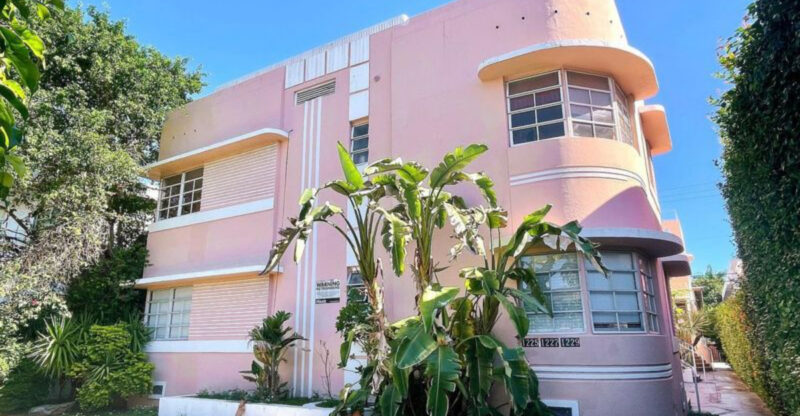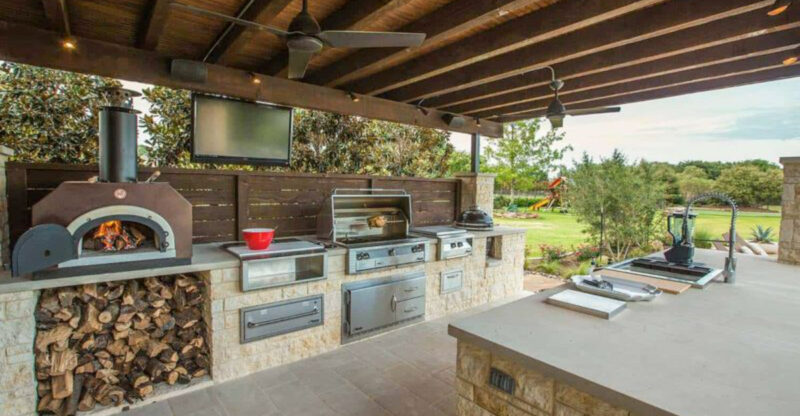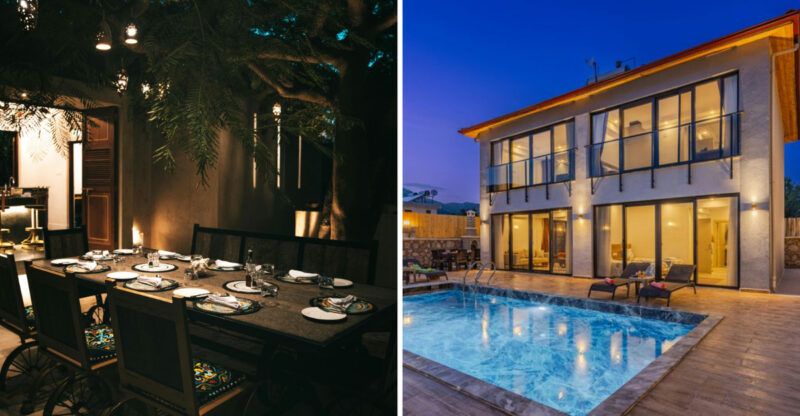13 Yard Features That Could Soon Be Banned In U.S. Neighborhoods
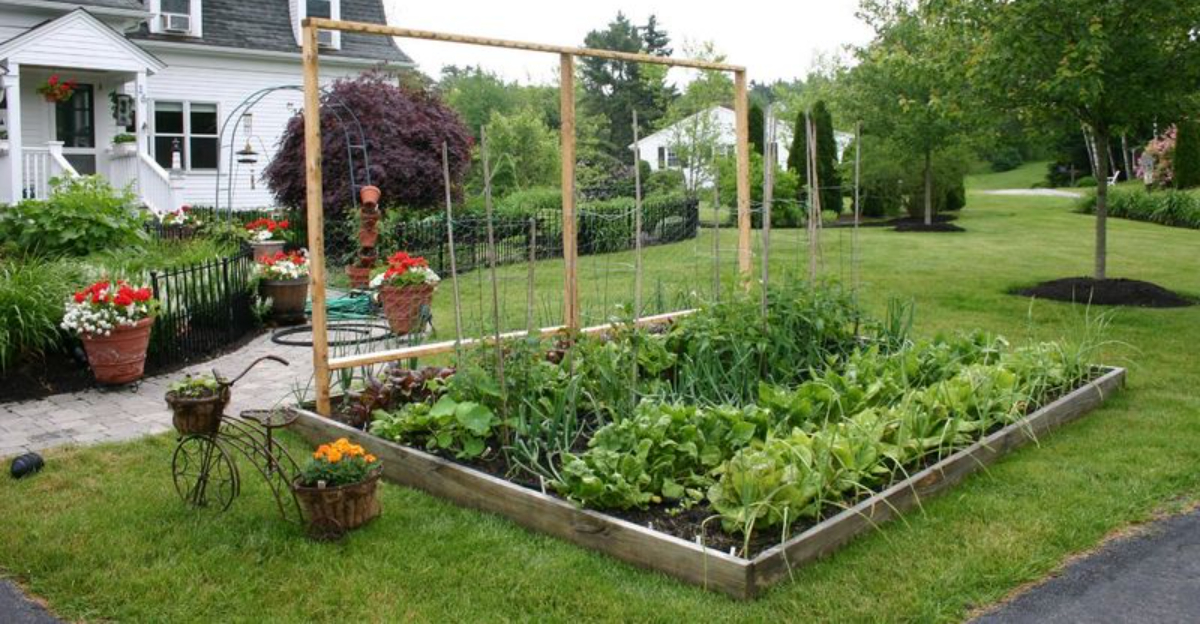
Your yard might be harboring features that are on their way to the regulatory chopping block. As environmental concerns grow and community standards evolve, many common landscape elements face increasing scrutiny from local governments and HOAs.
Understanding these potential restrictions now could save you from costly removals or fines later. Stay ahead of the curve by knowing what’s allowed. Protect your yard’s beauty and your wallet from unexpected surprises down the road.
1. Water-Hungry Lawns
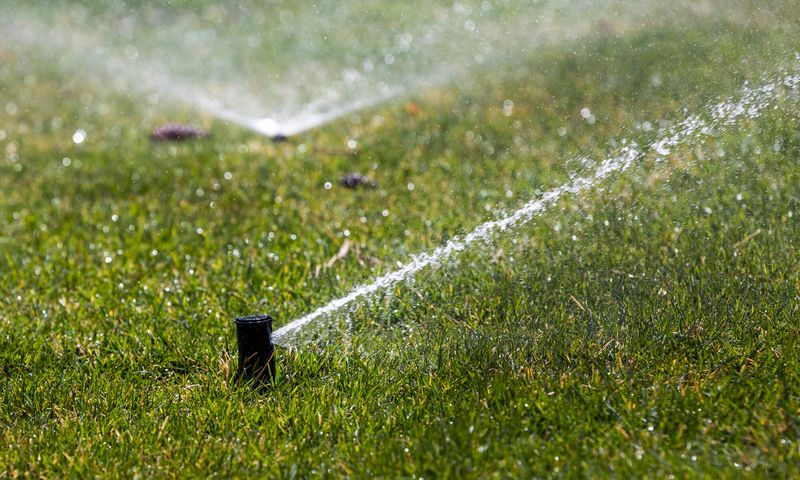
Traditional grass lawns are drinking our planet dry. Many regions now face severe water shortages, prompting officials to consider banning conventional turf in favor of drought-resistant alternatives.
California already restricts lawn watering during droughts, and Las Vegas has outlawed certain grass varieties entirely. The writing’s on the wall, your thirsty Kentucky bluegrass might soon become an outlaw in your neighborhood.
2. Artificial Turf
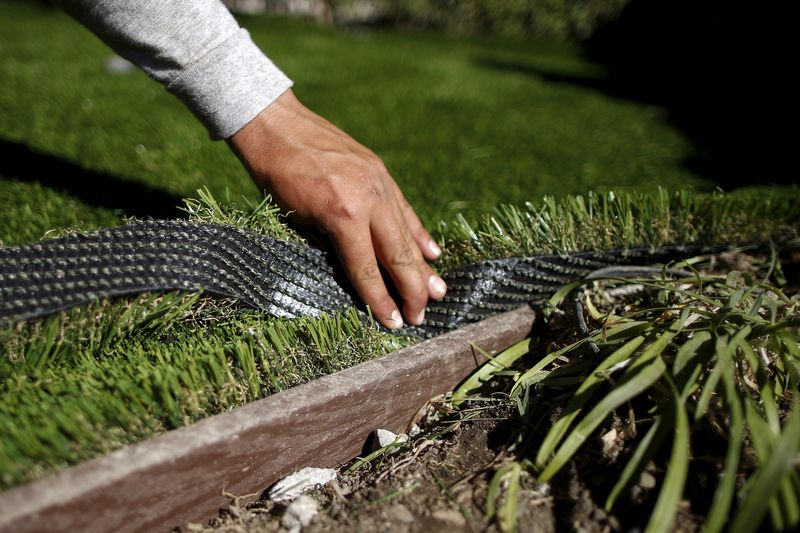
Fake grass seemed like the perfect solution until we discovered its dark side. Many communities now question its environmental impact, from microplastic shedding to creating heat islands that can reach 200°F on summer days!
Several towns have already started restricting artificial turf, citing concerns about its non-biodegradable materials and chemical runoff. What once looked like an eco-friendly alternative might soon join the list of banned yard features across America.
3. Invasive Plant Species
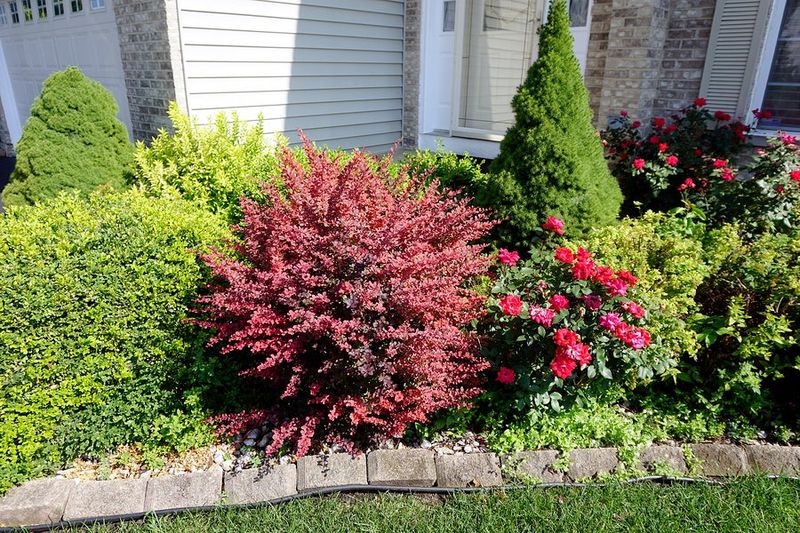
Those pretty purple flowers might actually be neighborhood villains! English ivy, Japanese barberry, and Bradford pear trees are among the many non-native plants facing bans due to their aggressive growth patterns that threaten local ecosystems.
Maryland already prohibits selling certain invasive species, while other states require the removal of established plants. Your innocent-looking garden might harbor botanical troublemakers that could soon require mandatory removal under strengthening environmental regulations.
4. Wood-Burning Fire Pits
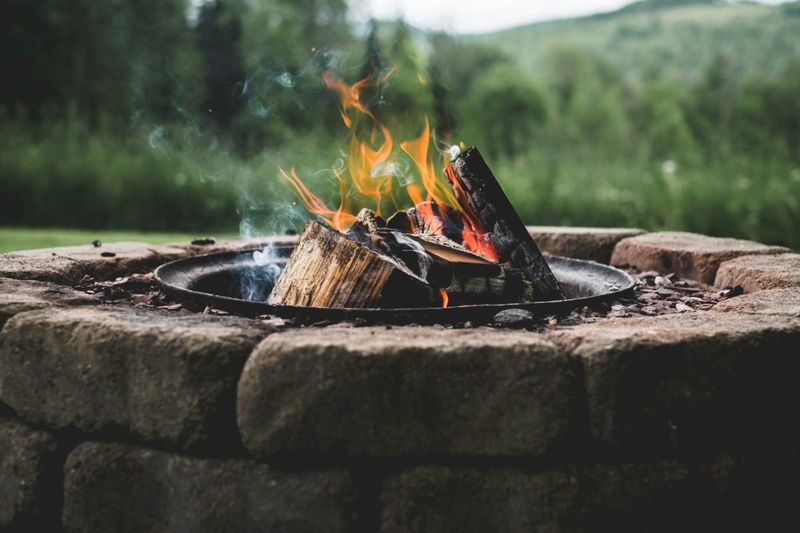
Love cozying up around a crackling fire pit but worried about the air you’re breathing? While nothing beats that warm glow, wood smoke can really blow your air quality out of the water, packed with pesky particulates and toxins that can leave lungs up in smoke.
Cities like Denver and Los Angeles are already fueling the debate over regulation by restricting wood burning on high-pollution days. As clean-air rules heat up, your beloved fire pit might need a glow-up with cleaner gas alternatives or permits.
Time to spark some new traditions that keep the fun without the fuss!
5. Excessive Outdoor Lighting
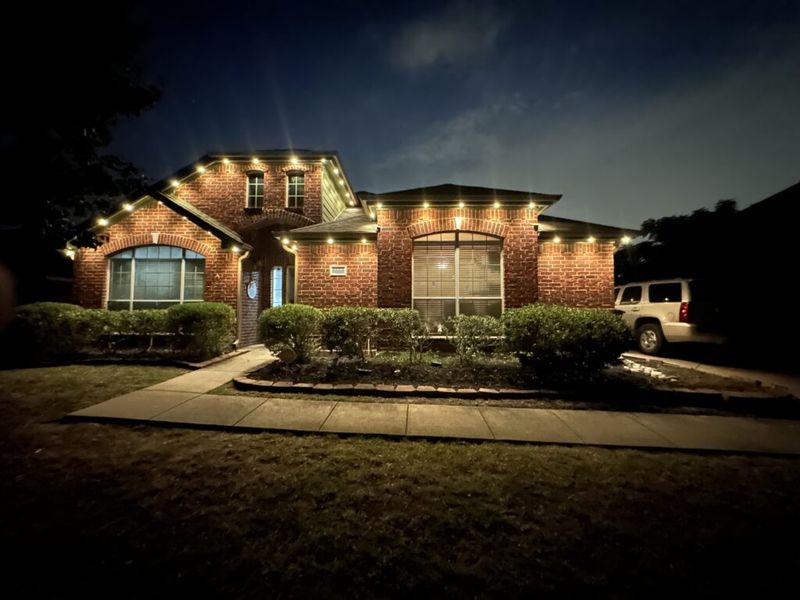
The dazzling landscape lights might soon fade to black! Light pollution disrupts wildlife, wastes energy, and creates neighborhood tension when your yard looks like a mini Vegas strip.
Communities nationwide are implementing dark sky ordinances that limit the brightness, direction, and operating hours of outdoor lighting. Your security floodlights and decorative string lights could soon face strict regulations on intensity and timing.
6. Chemical Pesticides And Fertilizers
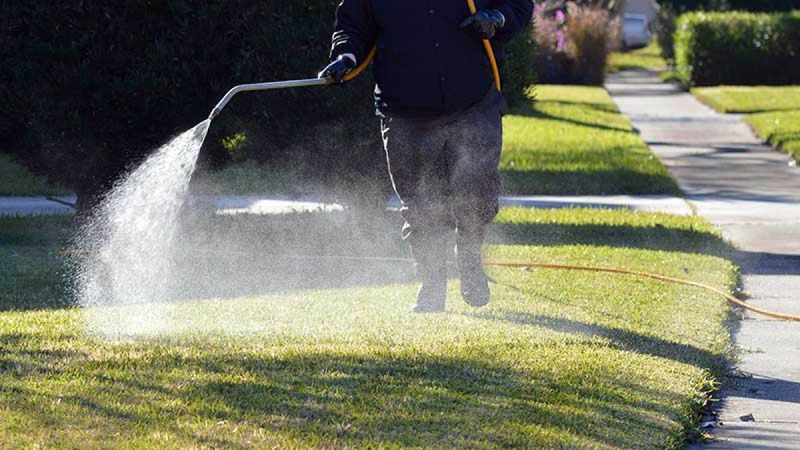
The secret weapons in your garden shed might become contraband. Chemical lawn treatments are increasingly restricted as research links them to health concerns and environmental damage.
Over 170 communities already limit synthetic pesticides on public property, with some extending bans to private lands. Canada has banned many common lawn chemicals nationwide.
Your weed-free lawn might need a natural makeover as these regulations spread across more U.S. neighborhoods.
7. Large Concrete Patios
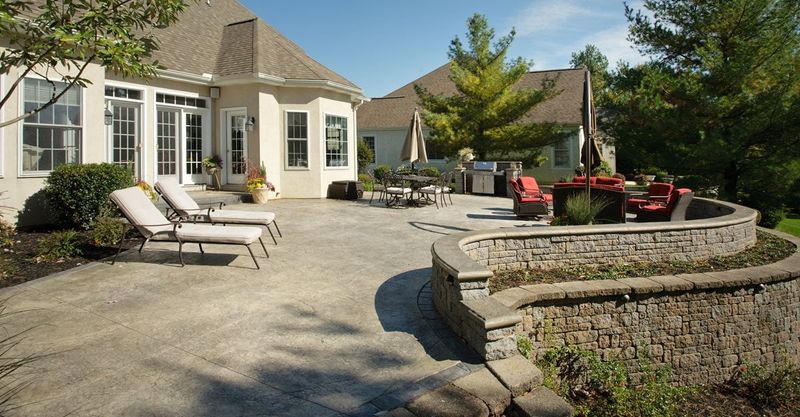
Massive concrete slabs are falling out of favor faster than last season’s patio furniture. These impermeable surfaces prevent water absorption, contributing to flooding and overtaxing stormwater systems.
Many municipalities now limit the percentage of property that can be covered with non-permeable materials. Seattle already requires green infrastructure for new construction, while other cities offer incentives to replace concrete with permeable alternatives.
8. Gas-Powered Lawn Equipment
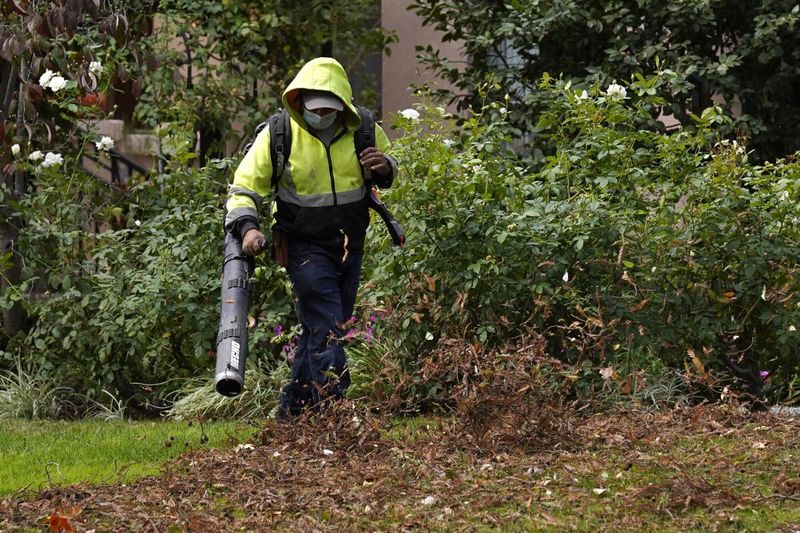
Your trusty gas mower’s days are numbered. These noisy polluters emit surprising amounts of emissions. Running a gas leaf blower for one hour creates pollution equivalent to driving 1,100 miles.
California plans to ban sales of new gas-powered lawn equipment by 2024. Washington D.C. has already prohibited gas leaf blowers, with violations bringing $500 fines.
The writing’s on the wall for these fossil-fueled yard tools as noise and air quality concerns prompt communities to embrace electric alternatives.
9. Tall Privacy Fences
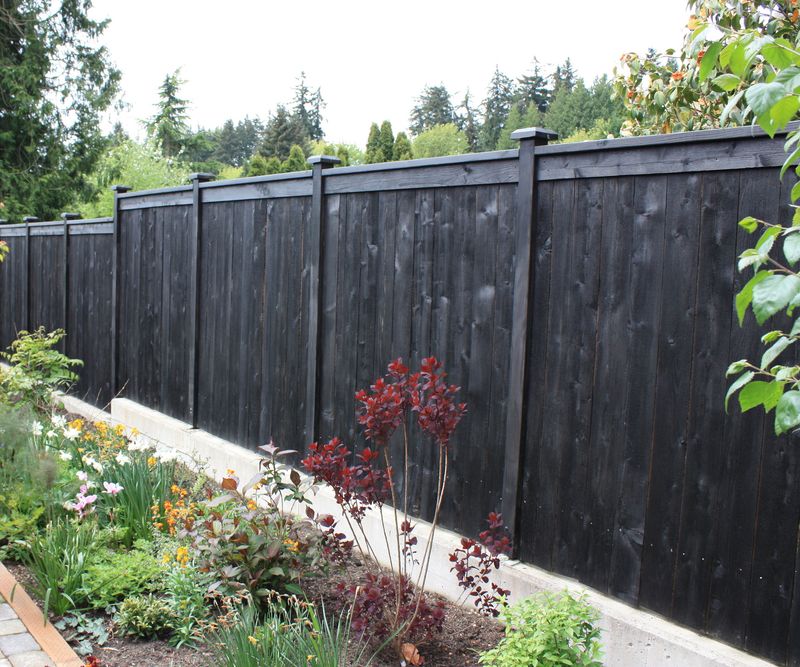
Good fences make good neighbors, until they violate the height ordinance! Many communities are cracking down on tall privacy barriers that create fortress-like properties and disrupt neighborhood connectivity.
Most municipalities already restrict fence height to 6 feet or less, with front yard fences limited to 3-4 feet. Some places are tightening these rules further based on visibility concerns and community character.
Your dream of backyard seclusion might need adjustment as fence regulations evolve.
10. Backyard Chicken Coops
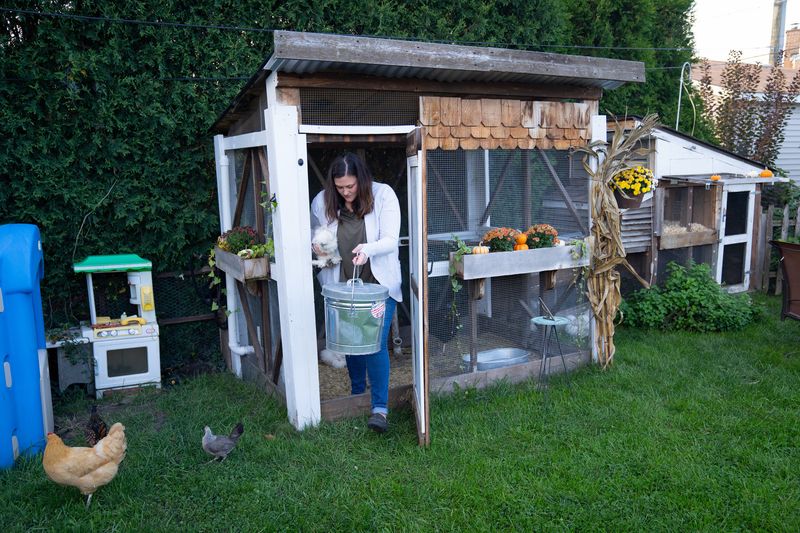
Thinking your backyard chickens might just be the next big neighborhood drama? Your feathered egg factories could soon be flying the coop!
While urban chicken-keeping has been egg-citing for many, growing concerns about noise, odor, and animal welfare are ruffling feathers and leading to stricter rules. Many communities are clucking down on flock sizes, banning roosters, or requiring bigger yards for keeping chickens.
Some places that once welcomed backyard birds are now scrambling to reverse course after neighbor complaints. Looks like your chicken dreams might need a little scaling back as towns balance fresh eggs with peaceful living!
11. Excessive Yard Art And Decorations
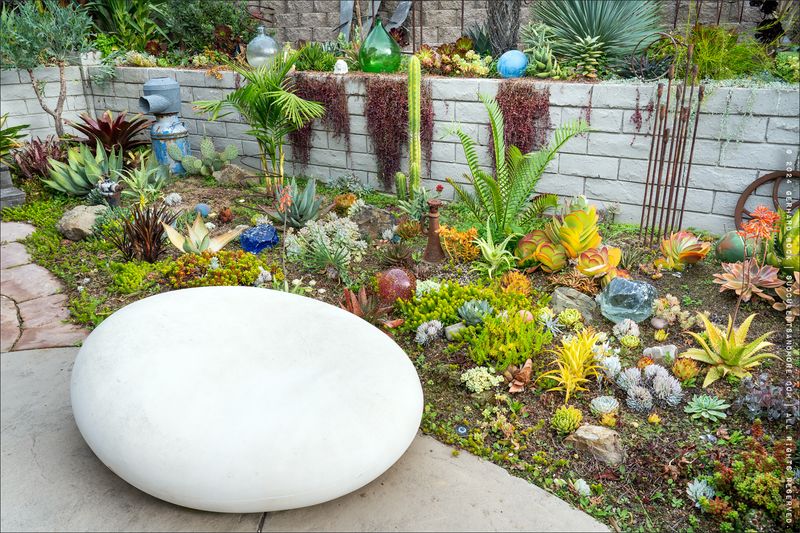
Your flamingo collection might need thinning! Municipalities increasingly regulate “excessive” yard decorations through nuisance ordinances or aesthetic guidelines, especially when they border on hoarding territory.
Some communities limit the number of decorative items permitted or restrict their visibility from public streets. HOAs often have even stricter rules about acceptable outdoor decor.
Those quirky garden gnomes and holiday inflatables could face growing scrutiny as communities establish clearer standards for yard aesthetics.
12. Front Yard Vegetable Gardens
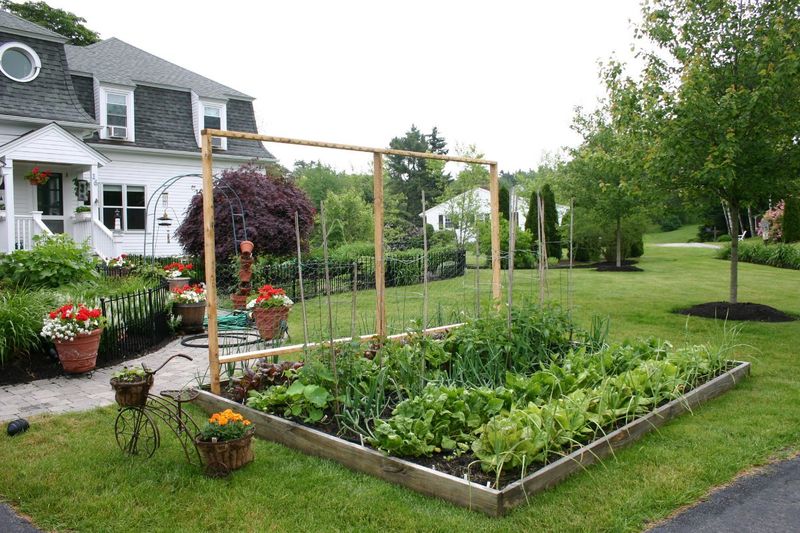
Growing tomatoes where your neighbors can see them? How scandalous! Front yard vegetable gardens face surprising opposition from HOAs and municipalities concerned about neighborhood aesthetics.
Several high-profile legal battles have erupted over the right to grow food in front yards. While some places like Florida have passed laws protecting edible gardens, others continue restricting them.
Your front yard produce patch might require strategic planning as communities balance food security with aesthetic concerns.
13. Non-Native Hedges And Privacy Screens
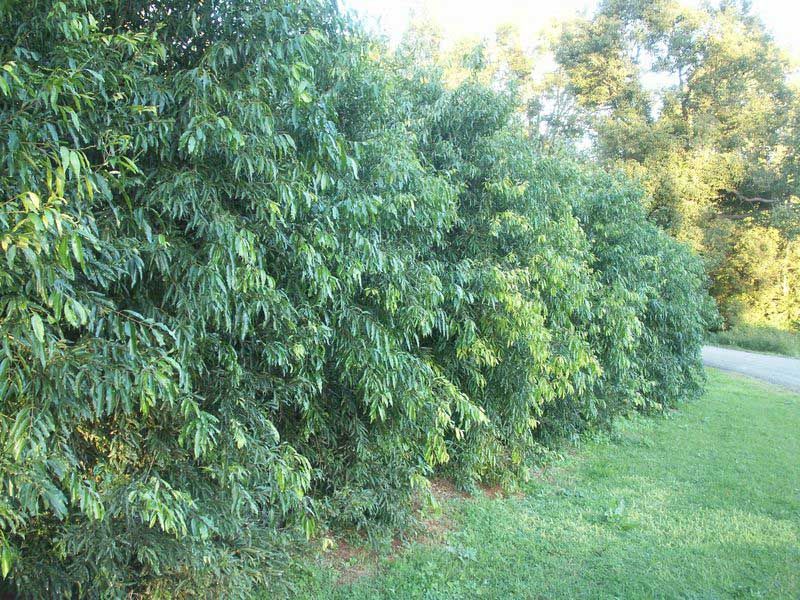
Those perfect green walls might be hiding a ticking ecological challenge! Fast-growing non-native hedges like Leyland cypress and privet are facing increasing restrictions due to their invasive potential and resource demands.
Several communities now require permits for large hedgerows or mandate native alternatives. California specifically restricts certain hedge varieties in fire-prone areas.
Your living privacy screen might need a native makeover as municipalities prioritize ecological health over quick privacy solutions.

